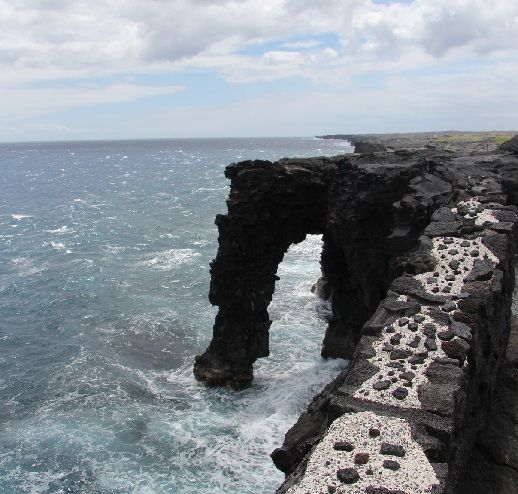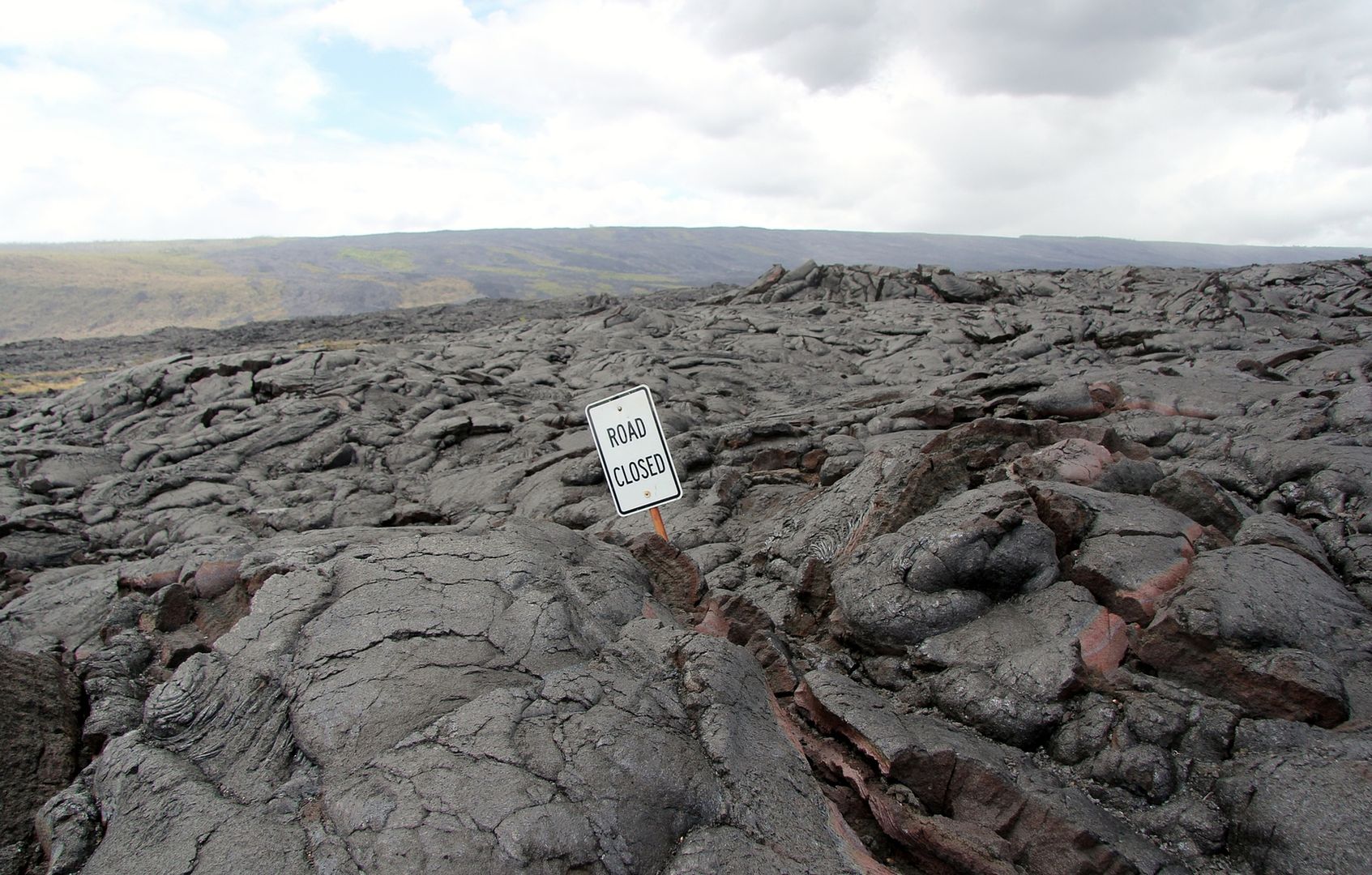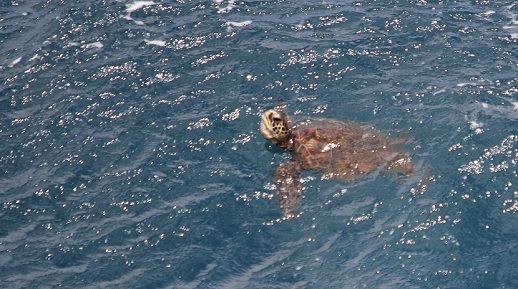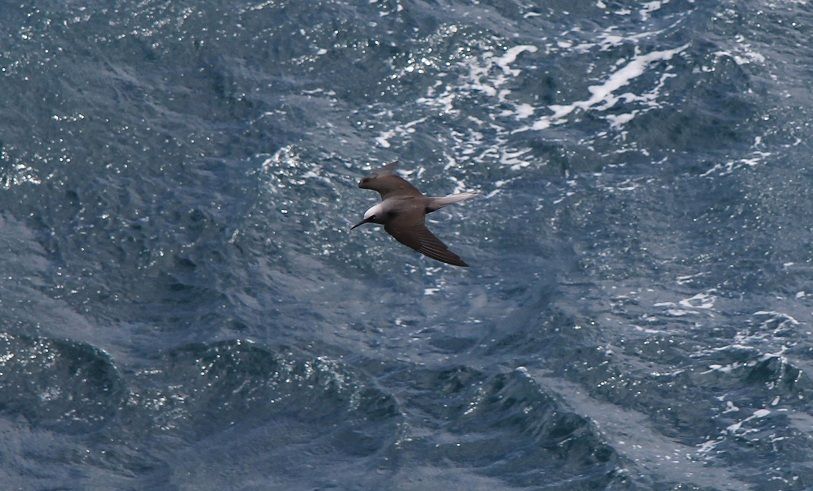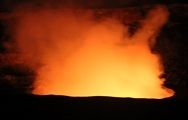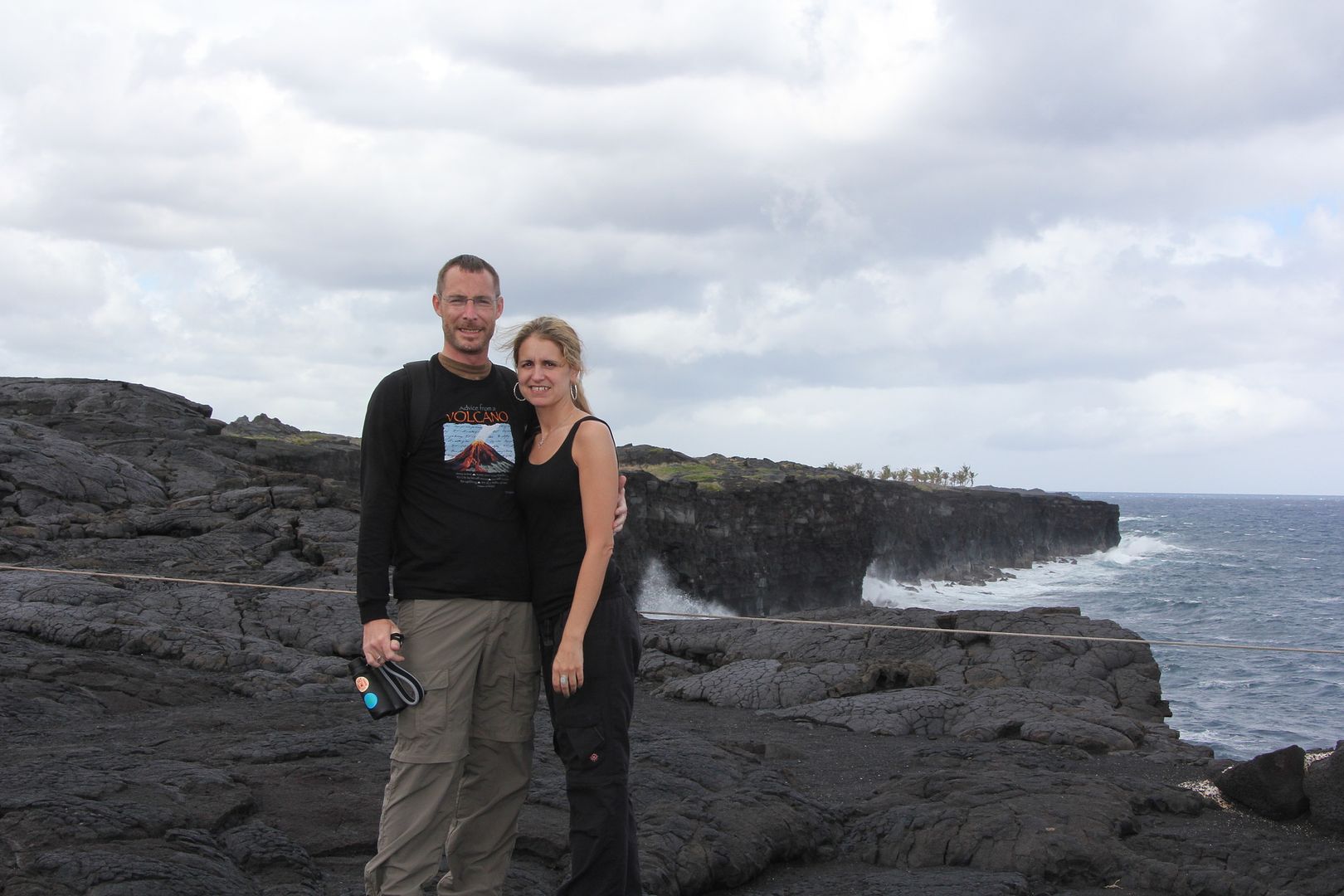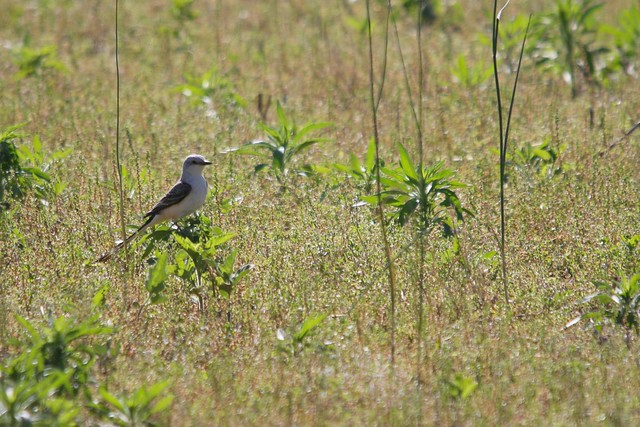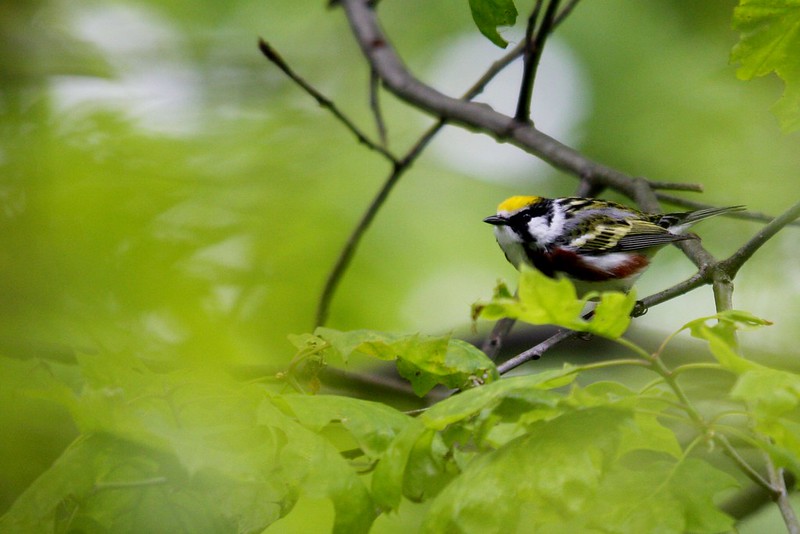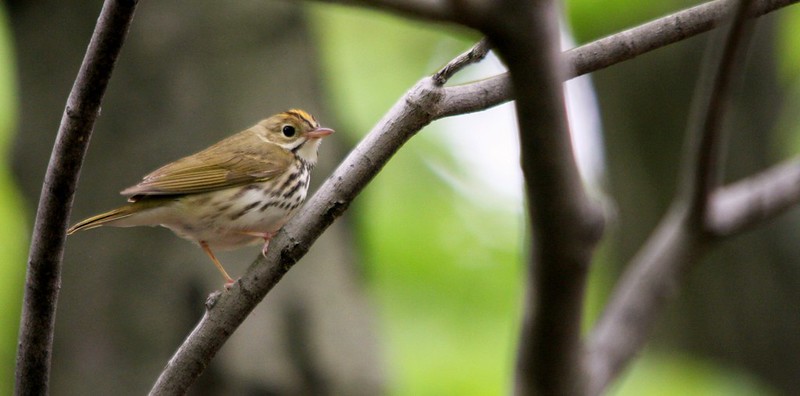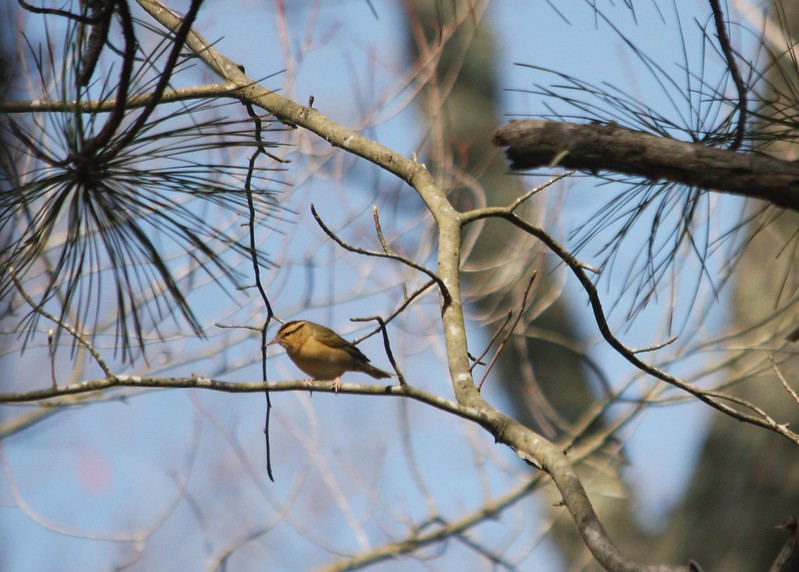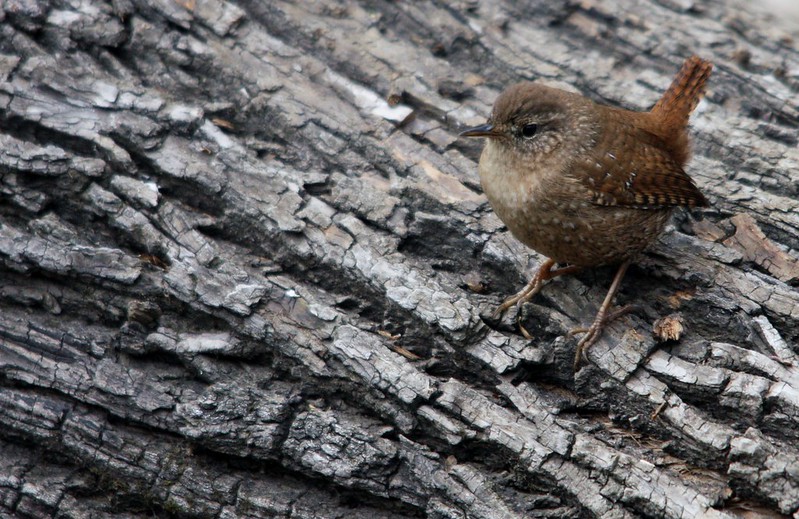I decided for lunch, to see if I could get to the Pink-footed Goose and Barnacle Geese in East Windsor, New Jersey. These guys aren’t too far from my house and with the opportunity for these rarities after the Northern Lapwings yesterday I had to give it a shot. With many birders in the area for the Lapwings there were a lot of eyes reporting their findings this morning so I knew I had a good shot if I got there in decent time.
Sure enough, 2 Barnacle Geese were together in a corn field on a corner with Birders watching and I was directed right around a tree row to the waiting Pink-footed Goose! Not a bad week of Birding in New Jersey.
Barnacle Geese
Pink-footed Goose
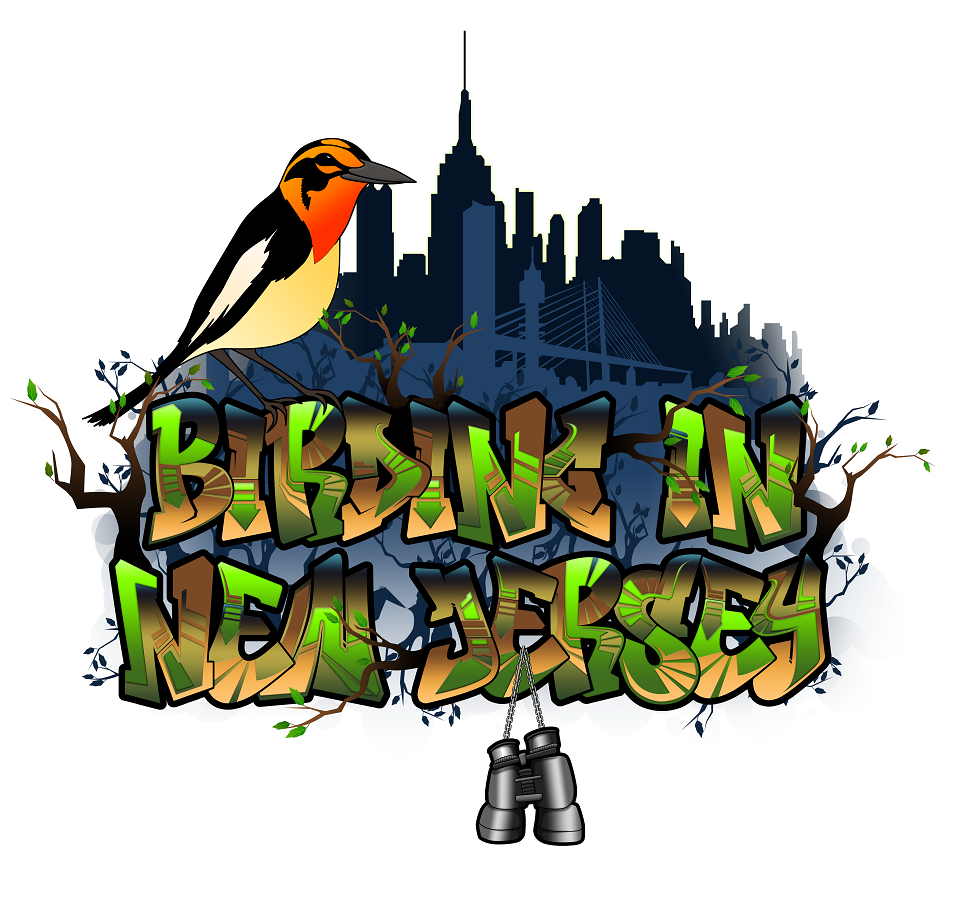












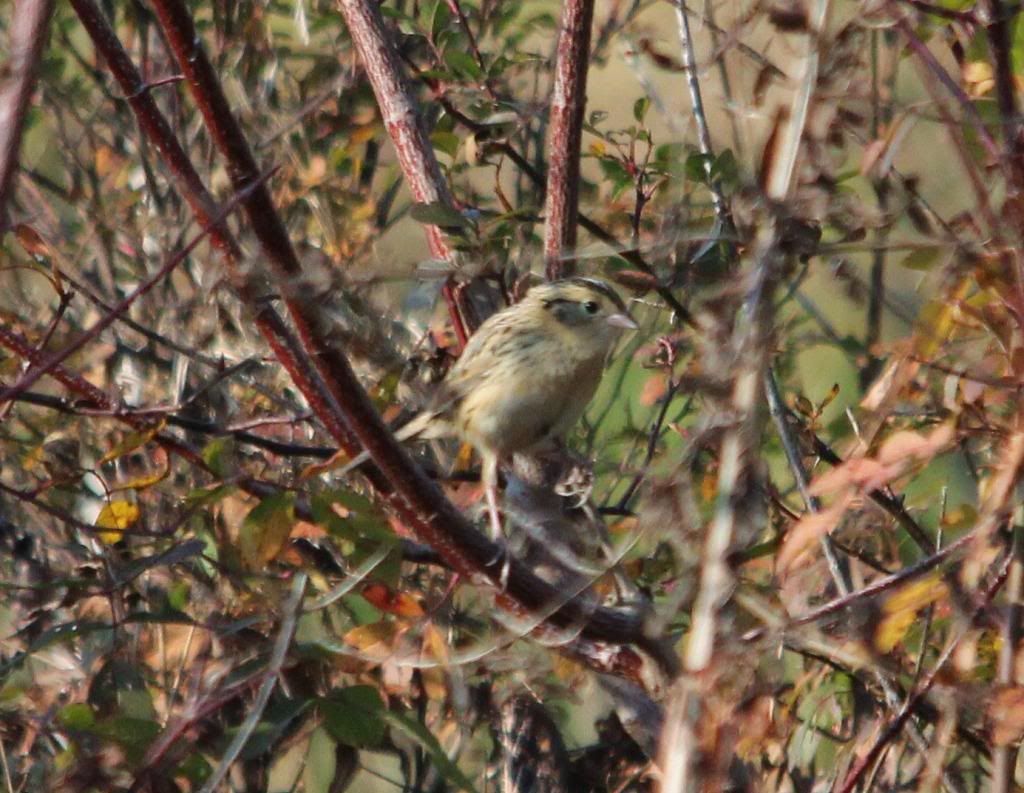




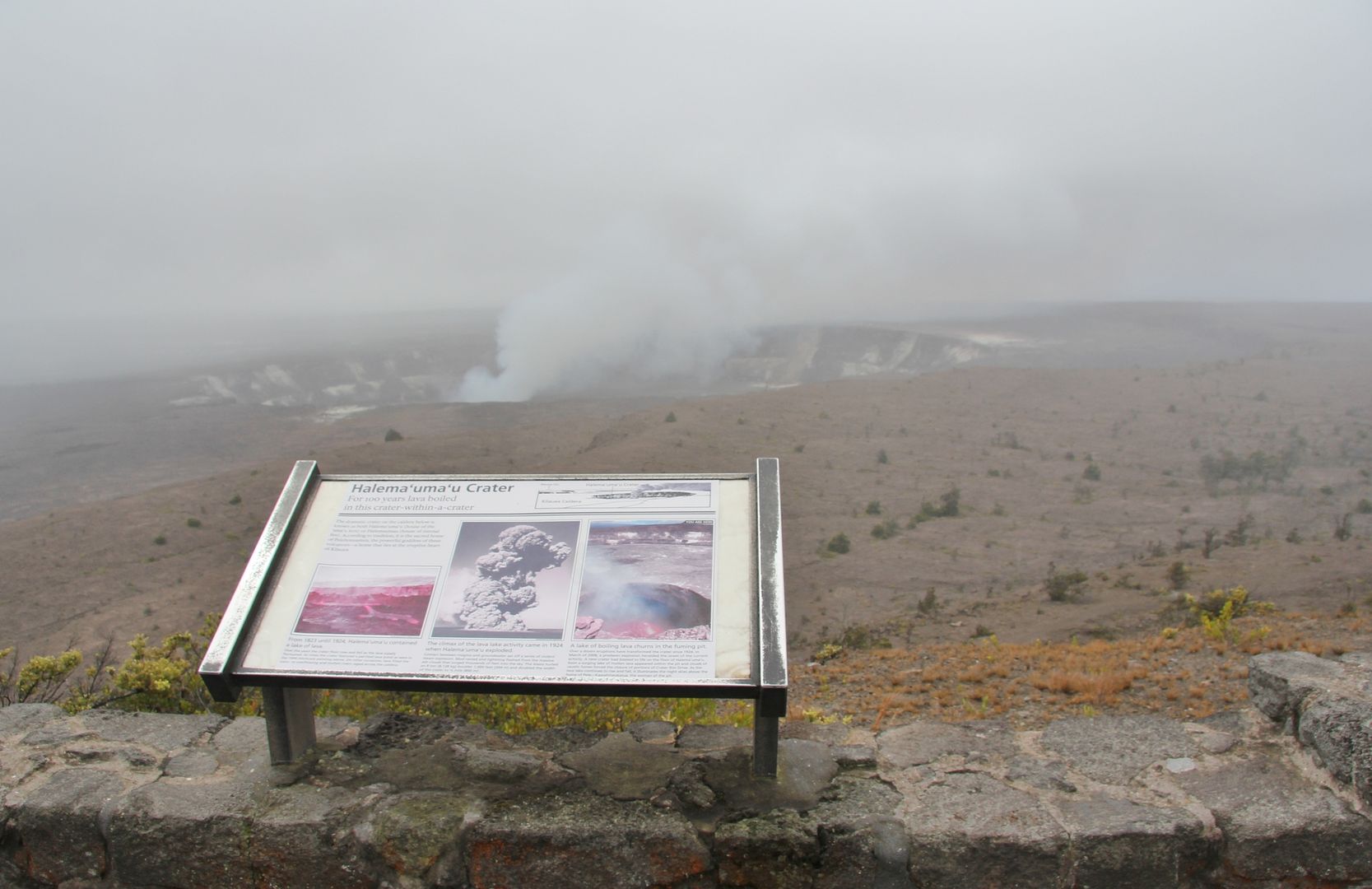
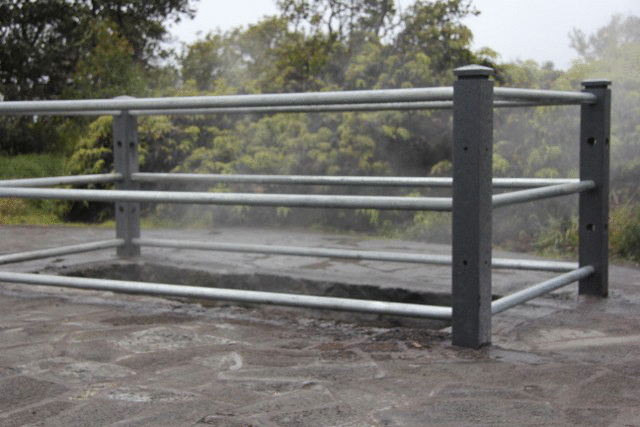
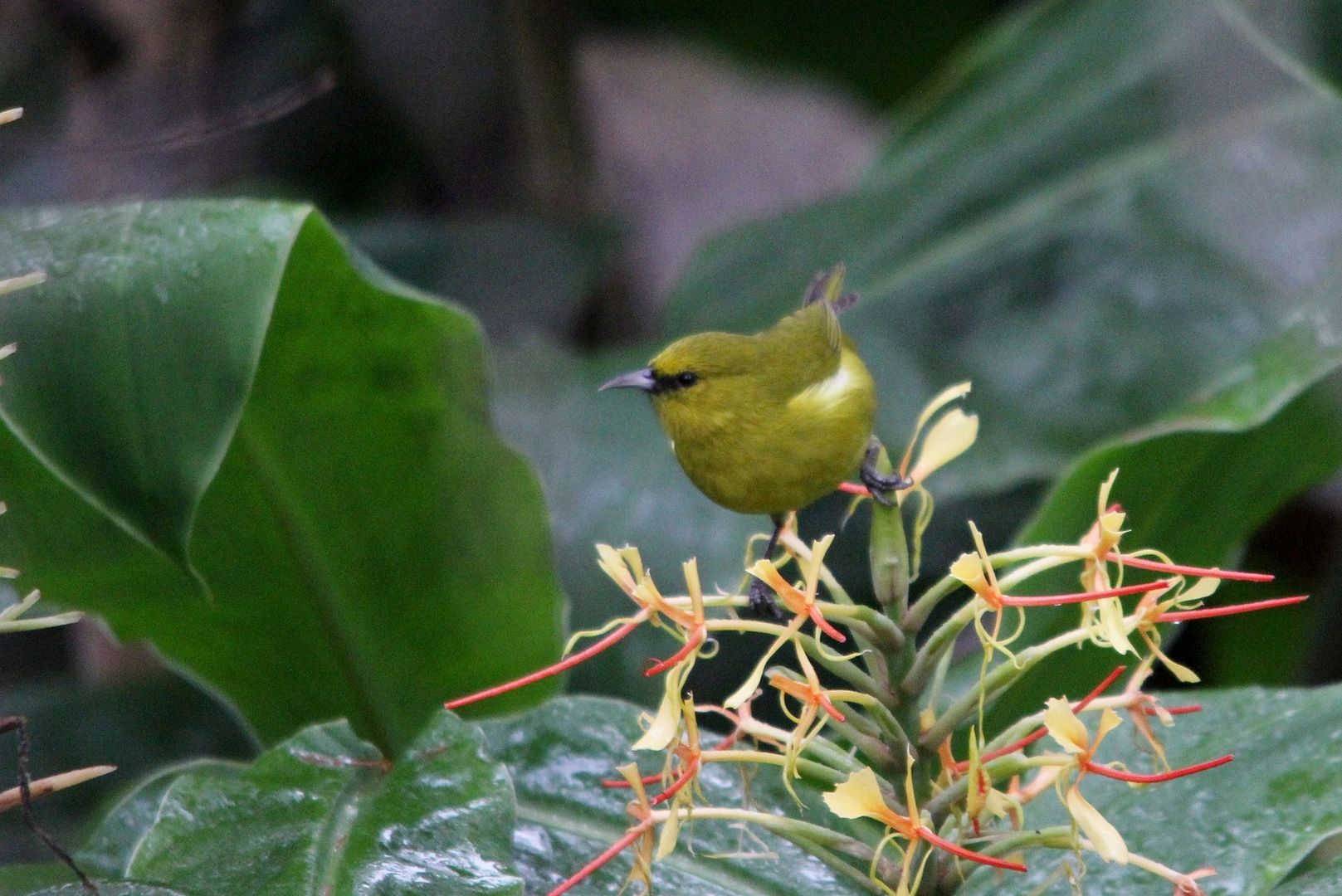
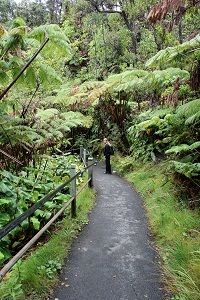
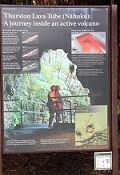
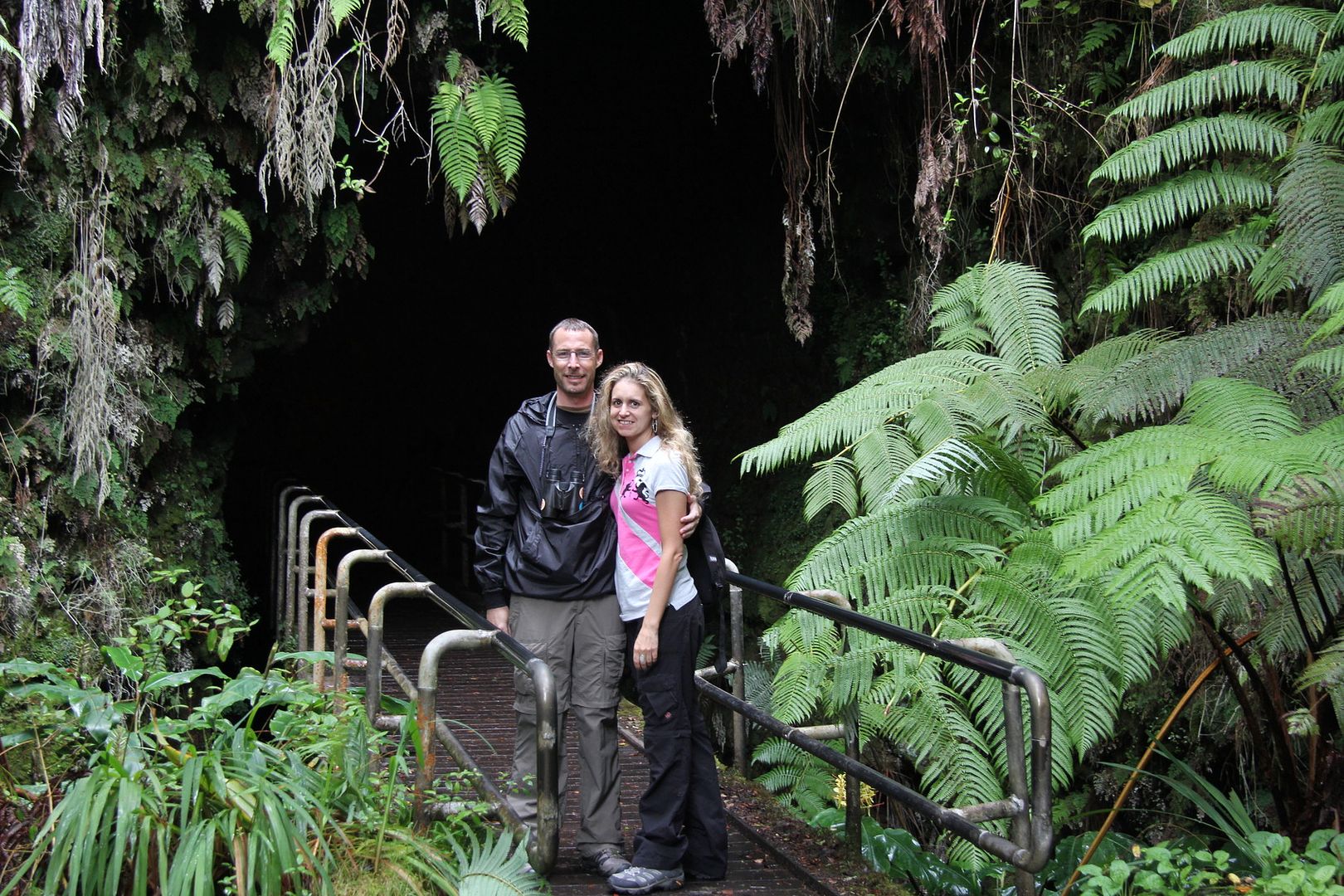
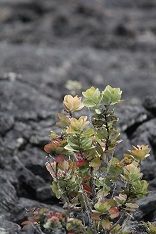
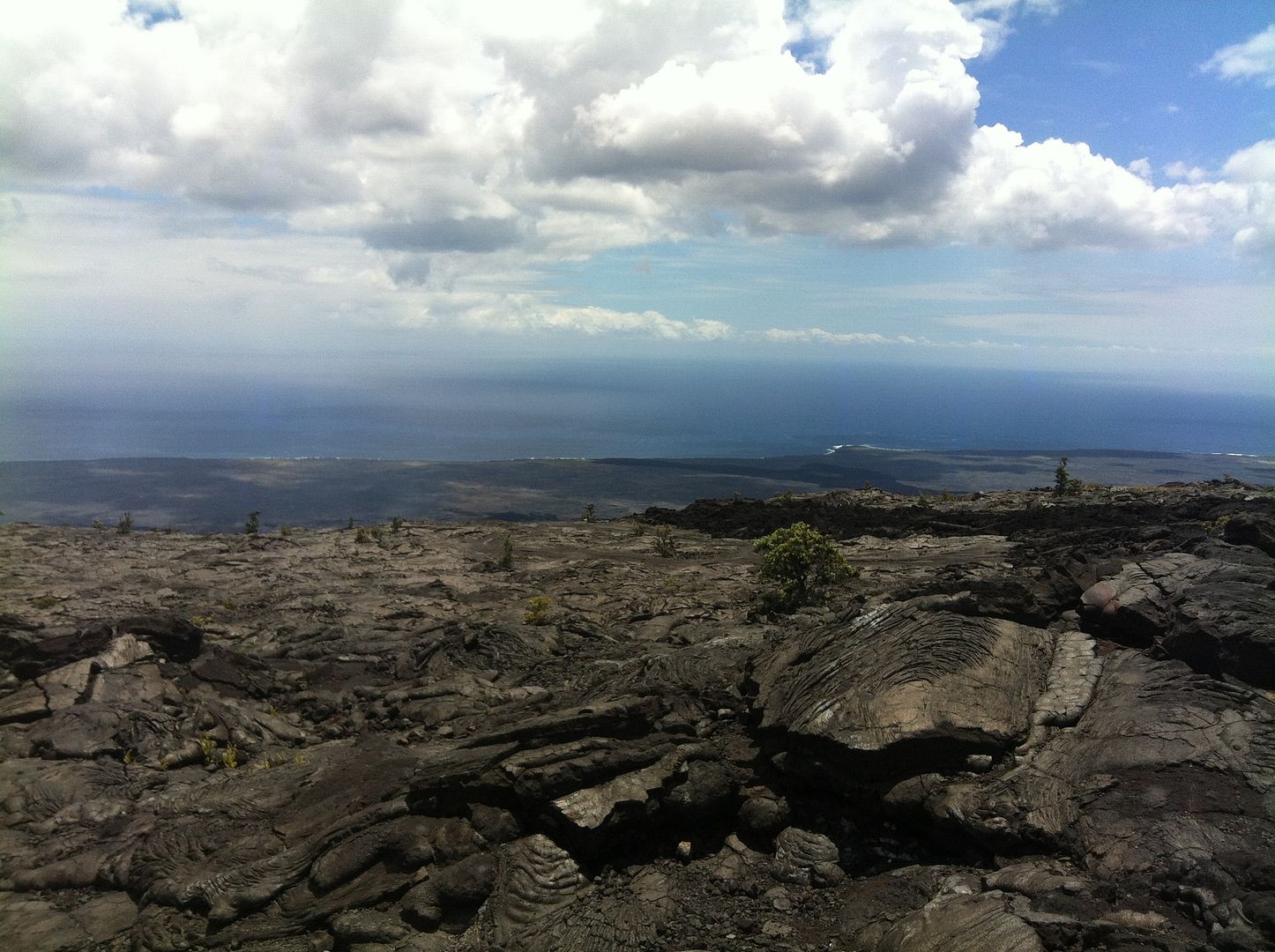
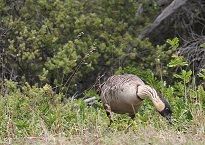 As we came around one corner we got our first look at the Nēnē! Also known as the endangered Hawaiian Goose, I had imagined these guys from pictures in our field guides but seeing one was truly awesome! Unique to the Hawaiian Islands, the Nēnē is the State Bird and IMHO is one awesome looking Goose! This was the only Nene we saw on the southeastern side of the island.
As we came around one corner we got our first look at the Nēnē! Also known as the endangered Hawaiian Goose, I had imagined these guys from pictures in our field guides but seeing one was truly awesome! Unique to the Hawaiian Islands, the Nēnē is the State Bird and IMHO is one awesome looking Goose! This was the only Nene we saw on the southeastern side of the island.
